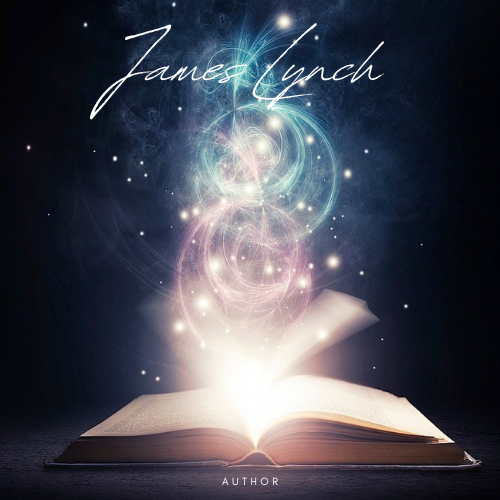One of the basic rules for any writer is this: read – read a lot, read often, read in the genre you write in, and read everything else too. You’d be hard pressed to find any author that does not have a towering “to be read” pile waiting for their time and attention. I am no different, though it does take me a long time to read most anything, and I do spend some of my reading hours re-reading my favorites, which are many and varied.
Listing every book and/or author who influenced me, inspired me, and taught me how to be a writer would be a monumental task. I will read just about anything that is put in front of me, and my experiences with various genres and styles have helped me to craft my writing voice. Many other factors – from teachers to college friends to films and beyond – have guided me to this point. But I have been a fan of fantasy and science fiction for most of my life, since my first reading of “The Hobbit” while I was in the fourth grade, so I’d like to spend some time with that book, though I have lost count of how many times I have read it.
The cover I chose to use for this blog post is my favorite for this book, and honestly one of my all-time favorites for its simplicity, color scheme, and for its depiction of so many story elements in a style that fits so well with the rest of the artwork within. Lurking within the simple lines and limited color palette is the promise of more than what you see, that behind the deceptive plainness of the imagery is something far more complex.
There is nothing I could write which hasn’t already been written. Though it has its detractors and its fans, there is no denying that Tolkien changed the fantasy landscape with “The Hobbit.”
For me, it is the narrative structure of “The Hobbit” that I find the most fascinating – there is no overarching antagonist, no looming threat other than failure. The story moves the group from adventure to adventure, marching through a dangerous world not to defeat or escape the villain, but instead to find him. I have read other books that try to duplicate the architecture of “The Hobbit,” but none truly succeed. The modern film versions added an antagonist – a character that existed only briefly within Tolkien’s work – to serve as a consistent menace throughout, and though I understood the choice and thought they did an admirable job, for me it detracted from the charm of the original story. To their credit, they did not allow Azog to dominate the story, but it was one of the changes that diminished the heart of the tale.
Through this different narrative style shines a simple story of an unlikely hero. As modern fantasy (and many other genres) skew more and more toward dark, often gruesome tales of anti-heroes set in worlds of unbroken bleakness where no truly noble characters dwell, I find it refreshing to sit down with Tolkien’s books, with their clearly defined yet still imperfect protagonists and obvious villains, a literary refuge from the barrage of bleakness that overwhelms the genre fiction landscape today. That’s not to say there is a lack of desperation or darkness within Tolkien’s writing – what Bilbo and to a greater extent Frodo endure is tragic, and even moving beyond “The Hobbit” and the more grandiose “Lord of the Rings” trilogy into Tolkien’s other works, there are tales of suffering that would appease the fans of modern fantasy – yet it is not the where the emphasis lies; there is always a thread of hope and possibility woven throughout the tale, always a steady light that keeps the darkness from overwhelming. And that, for me, is the reason why those stories endure – in a world that often looks bereft of hope, where the guiding and comforting light seems to fade with regularity, we need stories like these to remind us that those things exist.
The charm, the innocence, comes from the fact that Bilbo is a reluctant tag-along to the adventure, brought along as a burglar, not as a warrior (another mistake made by the films, turning Bilbo into more of a fighter than he should be), a gentle and comfortable creature who has no business traveling across the world with a company of Dwarves. He is a very easy character to relate to, endearing and honest, a gentle everyman who, like all of us, harbors a secret desire for adventure. Braver and more capable than even he realizes, Bilbo is an easy character to read and understand. He is a hero both in his actions and his heart, a striking contrast to the modern trend of morally ambiguous protagonists who are generally unlikable and unheroic and who inhabit worlds that are dreary and lacking in humanity.
When I want to escape from the bleak, dark stories that are becoming more and more prevalent in all media, I can always rely on Bilbo for a fun, engaging, and rewarding adventure. I never watch the films, preferring to spend some quiet time with the residents of Tolkien’s well-populated world. Nowadays I read “The Hobbit” a lot faster than when I was 10, but the joy I feel when avoiding spiders, answering riddles, and stealing from a dragon with Bilbo never changes.

